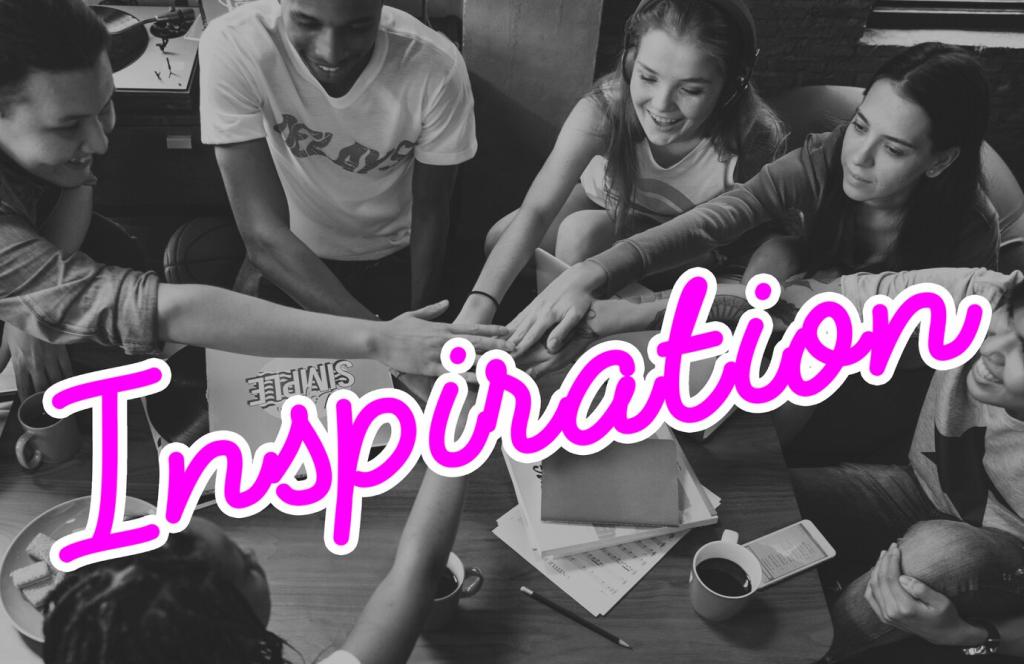
Storytelling Frameworks for Designers
Selected theme: Storytelling Frameworks for Designers. Turn vague briefs into vivid narratives that win hearts and unlock decisions. Here you will find practical structures, lived examples, and prompts that help your work speak clearly. Stay with us, subscribe, and share your own narrative wins.
Why Storytelling Frameworks Matter in Design
Frameworks Beat Freestyle Storytelling
Freestyle pitches drift, while frameworks focus attention. A clear narrative arc places the user at the center, the problem as tension, and your design as a credible path forward. With consistent structure, your work travels farther across teams and time.


A Micro Story From a Design Sprint
On day four, our prototype failed a critical flow. Using a three act frame, we reframed the setback as rising conflict that justified a pivot. The final narrative persuaded leadership to fund another iteration instead of shelving the concept.
The adventure begins when a user confronts friction they can no longer ignore. Frame this moment with evidence from interviews, logs, and support tickets. The call is powerful when it names stakes clearly and makes inaction feel riskier than change.
The Hero’s Journey Applied to UX
Each usability session is a trial that teaches. Allies are copy, patterns, and edge case safeguards that help the hero advance. Show how iterations removed obstacles, and narrate the surprising turns that refined the journey without inflating scope.
The Hero’s Journey Applied to UX
The Pixar Pitch for Stakeholder Buy In
Once Upon a Time: Establish Context
Begin with a slice of a real user’s world, not a generic persona. Anchor the situation with one concrete task and constraint. Context that feels lived in triggers empathy and primes decision makers to follow the coming chain of causality.
Because of That: Build Momentum
Each decision leads to consequences. Because of that the user abandons the flow. Because of that churn rises. Because of that revenue slips. This cadence turns evidence into inevitability and makes your solution feel like the natural next move.
Until Finally: Resolve With Clarity
End with a crisp outcome tied to a metric and a next step. Until finally trial conversion rises five points and onboarding time drops. Invite readers to request the exact slide template by subscribing for the weekly framework kit.
Act One: Set Stakes in the User’s World
Define the setting with a real job to be done and the cost of failure. Name the moment that proves the problem matters, like missed deadlines or customers dropping off. This opening earns attention and frames your constraints as reality, not excuses.
Act Two: Conflict and Honest Dead Ends
Show wrong turns that taught you something. A polished facade kills credibility. Include prototypes that failed, debates you resolved, and trade offs you accepted. This tension makes the final design feel deserved and positions your team as thoughtful guides.
Act Three: Resolution and Measured Outcomes
Deliver the turnaround simply. Tie design choices to outcomes like speed, satisfaction, or revenue. Close with what you would try next if given more time. Invite readers to comment with their toughest Act Two, and we will share tailored advice.
Jobs To Be Done as Narrative
A persona named Busy Brenda rarely guides real decisions. A job like reduce the anxiety of submitting expenses by phone does. Jobs express progress over attributes and create natural story beats that inform copy, flows, and feature prioritization.
Storyboarding and Journey Mapping
Sketch six to eight frames that capture setting, trigger, attempt, obstacle, workaround, and outcome. Keep figures simple and captions specific. These visual beats create a shared language that speeds decisions and exposes gaps in your story structure.
Storyboarding and Journey Mapping
Plot steps, thoughts, and feelings across time. Mark friction with clear evidence and annotate opportunities with job stories. A map that carries emotional rise and fall makes the case for investment without a single buzzword or lengthy explanation.
Data Storytelling That Moves Decisions
Use a line when trend matters, a bar when comparison matters, and a scatter when relationship matters. One chart per idea. Label plainly. The right visual advances your plot a step instead of starting a confusing subplot no one follows.
Data Storytelling That Moves Decisions
Open with a baseline, escalate with surprising contrast, and resolve with impact after your design. Annotate moments of change. Treat each annotation like dialogue that explains motivation and consequence. The result is data that feels human, not abstract.


Decide whether your guide sounds like a mentor, a peer, or a coach. Match tone to each act, calm in setup, candid in conflict, celebratory in resolution. This coherence helps stakeholders trust the arc and users trust the interface.
